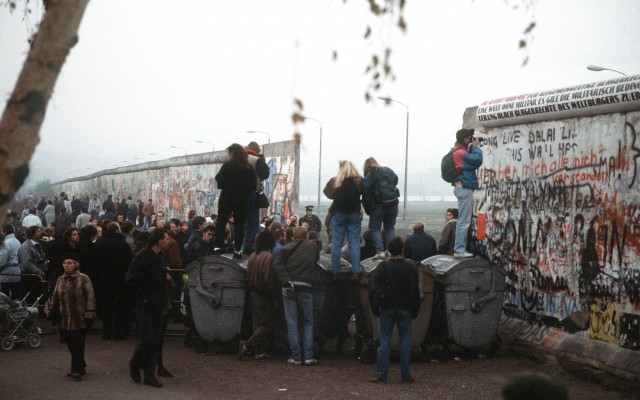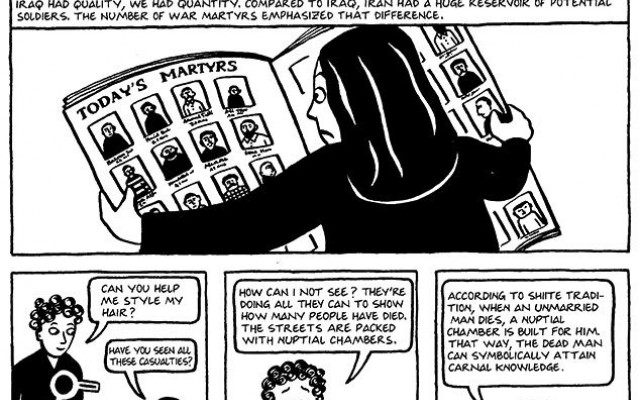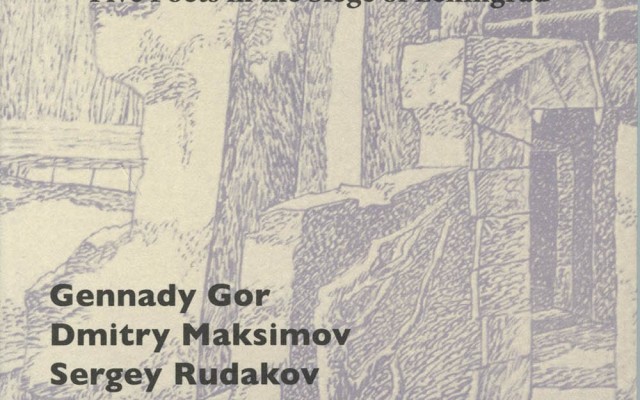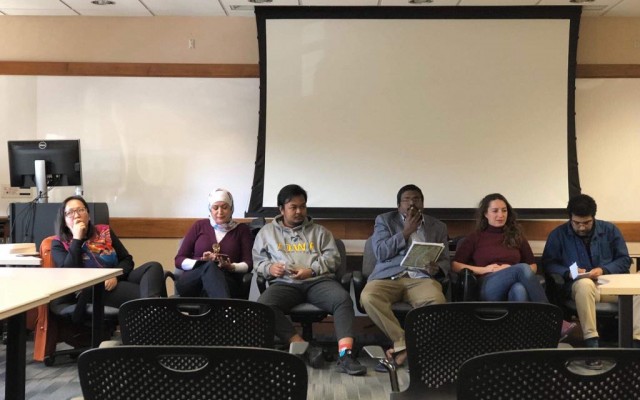The Veil of History: Translating across the Armenian Genocide Divide
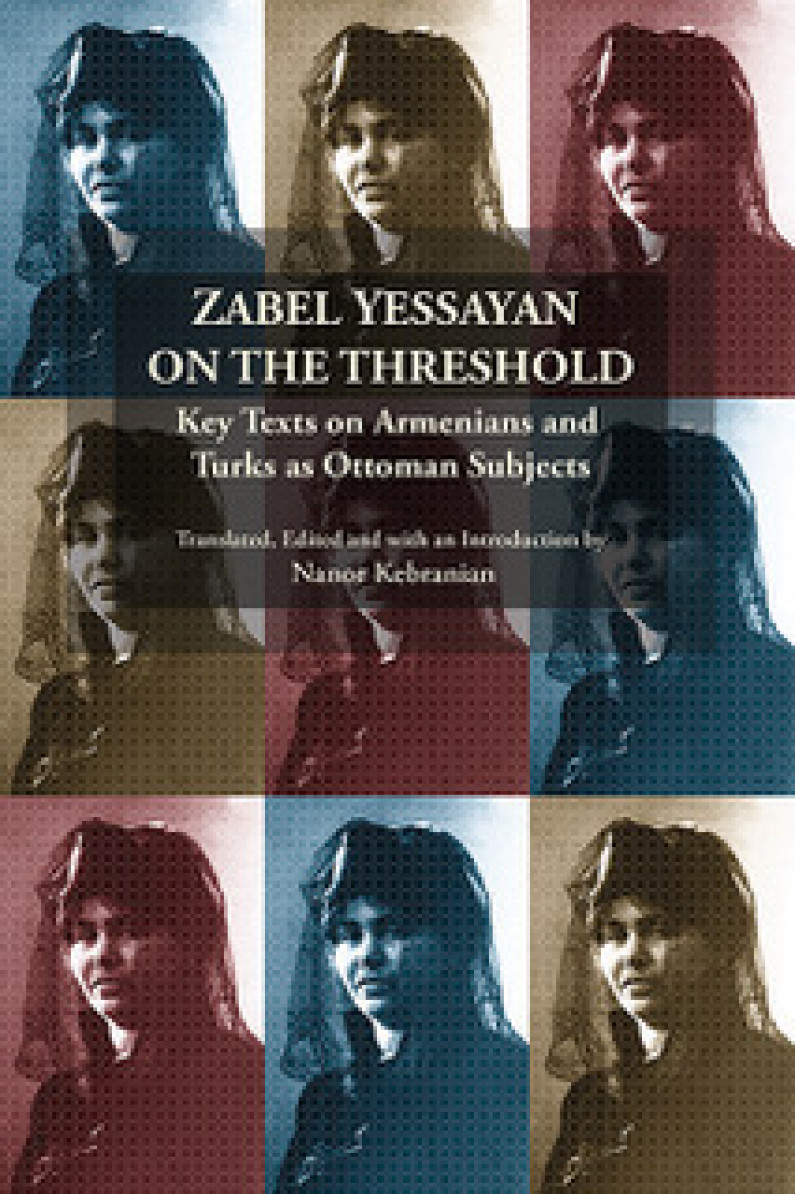
Essay by Nanor Kebranian
Since the Armenian Genocide during the First World War, translation has become a source of cultural preservation for survivors and their increasingly assimilated non-Armenophone descendants. This marks a significant shift from translation’s role prior to the Genocide. In the 19th century, Armenians in the Ottoman Empire employed translation into Armenian as a formative process for developing and standardizing the so-called ‘Western’ branch of modern Armenian language and literature. Translators were not only instrumental in coining new terms or drawing additional meanings from existing Armenian words, but they also applied and promoted the spread of standardized grammatical forms in Western Armenian literature. This so-called ‘Western’ variant was unique to what was deemed ‘Western’ Armenia encompassing the autochthonous Armenian territories of the Ottoman Empire and various cultural hubs abroad. The mutually comprehensible ‘Eastern’ branch developed in the Armenian Caucasus – now Armenia – and the communities of Persia – now Iran. After the Genocide, Western Armenian became the mainstay of Diaspora Armenian culture – consisting primarily of survivors and their descendants –,[1] whereas Eastern Armenian constituted the language of Armenia proper.[2] Western Armenian literature, including translations from other languages, initially flourished in the post-War Diaspora. But cultural – and especially linguistic – assimilation has ultimately led to the precipitous decline of Western Armenian. It now appears on UNESCO’s list of endangered languages. In this climate of precarity, translation from Armenian has consequently attained redoubled force as a powerful medium of cultural continuity and conservation. The question of what and how to translate, however, remains to be answered.
Despite the Diaspora’s evident commitment to cultural continuity through various social and educational organizations, post-Genocide translation from Armenian into other languages has mostly remained an afterthought. An overview of what has been produced in English and French even in the most active cultural centers of the Armenian Diaspora – notably, Paris, Boston, New York, Los Angeles, and Fresno – reveals a disconnected patchwork consisting of monographs or collections representing a few notable authors from the post-World War II canon of Western Armenian literary history; anthologies organized by genre; or references and textbooks with translated excerpts. These translations are important for cataloguing names and contexts. But, with very few exceptions and aside from highlighting linguistic-literary trends or underscoring a specific writer’s innovations, they grant few insights into the conceptual and epistemic wealth of Armenian literary culture in the Ottoman Empire. What is preserved through such translations, then, are fragments of a cultural façade. In that respect, they function more as public monuments to the dead and gone rather than as gateways into the throbbing intellectual world of a living Armenian past. Out of place and out of time, they invite but a passing glance.
Before the Genocide, translations did not compartmentalize, preserve, or mummify Armenian literature; they enlivened it. Of course, these consisted of translations into Western Armenian. They included predominantly classics of the Western humanist canon, but also significant treatises on progressive politics and social reform. Less frequently, translators tackled major religious, philosophical, and literary texts from neighboring regions in the Middle East as well as from East and South Asia. Their collective effort has been described as a constitutive aspect in the broader project of generating a national awakening inspired by the tenets of the 1848 French Revolution. Historical accounts of this process accordingly tend to present it exclusively as a mimetic event with Armenians attempting either to graft the Enlightened West onto Armenian culture or to massage Armenian thought to fit the contours of existing Western conceptual paradigms.
But this somewhat abridged – and patently underestimating – chronicle of Armenian intellectual history overlooks the fact that many translators collectively perceived translation as a self-consciously performative strategy geared at (re-)building and manifesting consensus, sociality, and solidarity. This was not a matter of interpolating Western principles over Armenian ones, but rather of revealing and restoring these values’ indigenous origins prior to the (economic, social, political, and linguistic) fractures wrought by the communalist Ottoman system. A meta-reading of these translators’ text selections, commentaries, and prefatory statements alongside their activism and institutional initiatives reveals a sophisticated enactment of social reconstitution. This was done with the awareness – especially but not only since the Ottoman State’s authoritarian turn in the 1880s – that their efforts could cost them their livelihoods, or even lives. Translation could indeed become a matter of life and death if perceived as politically subversive discourse. But, if translators – and the broader world of progressive Armenian print culture – took these chances, it was with the understanding that a greater looming danger was making the very conditions of their entire nation’s – and hence, of their own – existence virtually impossible.
This was the threat of fragmentation and assimilation symptomatized through language loss, inter-confessional strife, economic dispossession, and State repression. By the turn of the 20th century, some began to name the last and greatest of these threats, ‘extermination’ – pnachnchum. The word ‘genocide’ – coined by Raphael Lemkin in his 1944 Axis Rule in Occupied Europe – did not yet exist. And Armenians from across the social and political spectrum assumed the task of translating against the exterminationist will pervading – and imperiling – their lives. One editor went so far as to engage in what I term elsewhere, ‘literary diplomacy.’ In 1914, just one year before the Armenian Genocide was put into effect, none other than the purportedly ‘nationalist’ writer, Rupen Zartarian, republished and amplified his compilation of translations from Ottoman-Turkish works into Western Armenian. It was, as his preface indicates, the very first such initiative to place the two neighboring peoples’ literatures side-by-side. Zartarian’s rationale? The hope of mutual knowledge and hence, ‘harmony’ – nertashnagutiun. Zartarian was among the first wave of Armenian intellectuals who were then arrested on April 24, 1915 and executed on the deportation route a few months later. Remarkably, except for a couple of passing or synoptic references, Zartarian’s groundbreaking compilation of translations from Ottoman-Turkish has been exceedingly underestimated or effectively expunged from post-WWII Ottoman and Armenian literary historiography. But Zartarian’s intervention can be read as an important signpost on the way to dispersion. It provides some guidance on translating with purpose; that is, in a more worldly way than the act of preserving or memorializing a few names and events.
Over the past two decades, translations of Armenian literature into Turkish have tended increasingly towards that direction. Many of the often incredibly well-received publications of Aras Yayıncılık, for example, reveal a more deeply engaged approach to translation, one that deliberately confronts and contests official Turkish narratives of the Armenian presence – or lack thereof – in the Ottoman Empire and Turkey. Importantly, most of these works highlight the little-known post-genocide experience of marginalized Armenians remaining in Turkey, especially the tensions and intricacies of multiethnic coexistence.
However, an important element in that story – its antecedent, as it were – remains to be translated. It consists of original writings and other projects – such as Zartarian’s noted earlier – that attempted to breach the Armeno-Turkish divide both before and after the Genocide. In the past decade, two such works have appeared through Aras Publishing House: the republication of a 1913 collection presenting contemporary Armenian literature (including Zartarian’s) in Ottoman-Turkish translation, alongside commentaries by various Ottoman-Turkish authors; and the Turkish translation of Zabel Yessayan’s 1925 novella, Meliha Nuri Hanım, written from the first-person standpoint of an Ottoman-Turkish woman volunteering as a nurse in WWI Gallipoli. While they constitute significant breakthroughs, these works have deeper literary and social connections that are not immediately apparent in their discrete appearances. One of the tasks – although, by no means the only one – of Armenian literature’s translation today is to uncover those veiled – at times, quite deliberately – features of Ottoman/Armenian literary history. It is a difficult – but not impossible – task, since few guiding principles and precedents exist. At stake is not just the now tired cliché of fostering Armeno-Turkish dialogue and mutual understanding. More importantly, for a culture and literature on the brink of extinction – and for a world that is becoming increasingly siloed through tribalist loyalties – is access to the intuitive pull by which to maintain a regenerative emotional and conceptual link to these cultural resources.
Zartarian the polyglot and multilingual translator understood the value of forging this link. As did others, such as the Ottoman-Armenian woman author, Zabel Yessayan, who also wrote and translated between French and Armenian. It seems appropriate then to reorient Armenian translation in the Diaspora – and in the liminal zone of Armenian Turkey as well – through their long forgotten or ignored attempts at crossing the Armeno-Turkish divide. This process is already underway in English, beginning with two edited collections of translated works from Yessayan: Captive Nights: From the Bosphorus to Gallipoli with Zabel Yessayan (California State Frenso, 2021) and Zabel Yessayan on the Threshold: Key Texts on Armenians and Turks as Ottoman Subjects (Gomidas Institute, 2023). A critical edition of Zartarian’s Ottoman-Turkish literary compilation is soon to follow. Importantly, none of these initiatives could have been possible without the institutional support of the Calouste Gulbenkian Foundation and its mission to recenter the cultural significance of Armenian translation. These projects have culminated from years of unaided inquiry into the psychic life of Ottoman-Armenian subjecthood, and especially into the syntheses of Armeno-Turkish coexistence in the hierarchically organized Ottoman state. Since the Genocide, few writers and scholars have attempted to broach that delicate topic – as though no such syntheses were ever possible. Would that still be true had the 19th century Armenian culture of purposeful translation survived the ruptures of history? One can imagine an alternate reality, where post-Genocide Armenian society recognizes the veritably translational landscape of Ottoman belonging and attunes itself to the boundary-crossing literary translations that enriched it.
———
[1] While Armenians had for centuries enjoyed a diasporic presence especially in various global economic hubs, this post-genocide Diaspora formed with the dispersal of survivors from their ancestral homes in the Ottoman Empire to various host countries. Over the course of the early twentieth century, the survivors’ descendants created significant communities in the Middle East, Europe, and the United States, employing Western Armenian as their ‘national’ language.
[2] The fall of the Soviet Union has altered the Diaspora’s linguistic/literary profile, however, as the exodus of Armenians from the independent post-Soviet State has enabled Eastern Armenian to take root abroad. Eastern Armenian remains relatively strong thanks to Armenia’s statehood.
———
Nanor Kebranian is a Research Fellow at the Faculty Centre for Transdisciplinary Historical and Cultural Studies, University of Vienna (2023 - 2024). She was Calouste Gulbenkian Foundation Postdoctoral Fellow and Visiting Scholar in the History Programme at Nanyang Technological University in Singapore (2020 - 2021). Prior to this appointment, she was Postdoctoral Research Assistant in Theory, History, and Human Rights in the HERA-funded project for Memory Laws in European and Comparative Perspective in the School of Law at Queen Mary University of London. She also served as Assistant Professor in Columbia University's Department of Middle Eastern, South Asian, and African Studies, where she researched, published, and taught on the history of the Middle East, literary studies, human rights, and Armenian culture. She completed her doctorate at the University of Oxford with fellowships from the Jack Kent Cooke Foundation and Oxford's Clarendon Fund. In 2023, she published a collection of translations from the work of Ottoman-Armenian woman author, Zabel Yessayan (1878 - 1943?), Zabel Yessayan on the Threshold: Key Texts on Armenians and Turks as Ottoman Subjects(London: Gomidas Institute, 2023). She is currently completing her first monograph on the Armenian literature of Ottoman subjecthood (1860 - 1945) with funding from the Calouste Gulbenkian Foundation, as well as a translation of the influential and previously untranslated memoir —Twelve Years Away from Constantinople (1896 - 1909)— by Ottoman-Armenian intellectual and activist, Yervant Odian (1869 - 1926), with funding from the Dolores Zohrab Liebmann Fund.
